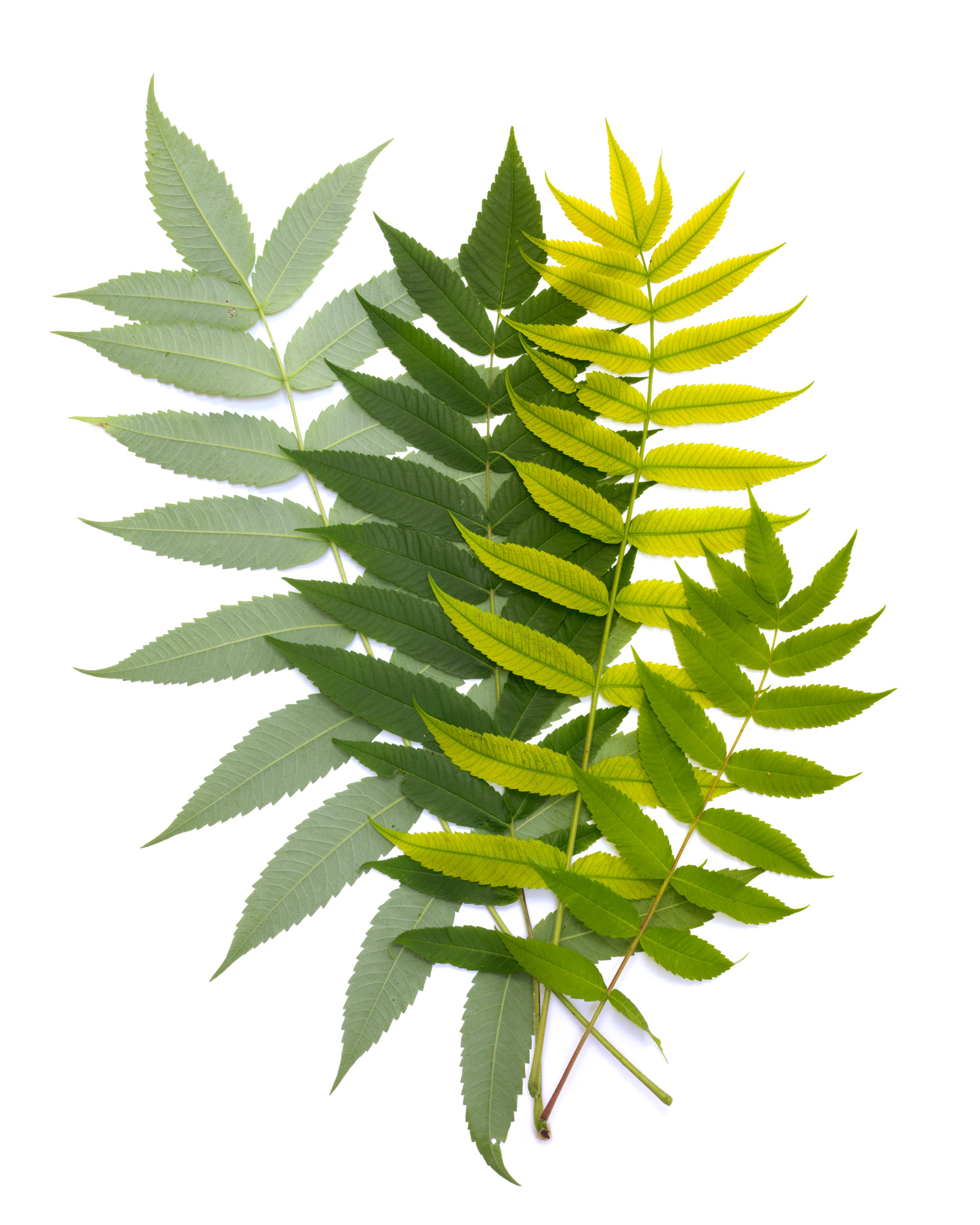
shades of July
These four branchlets of sumac leaves came from the same colony of sumac. Half of the colony was almost entirely in shade, the other in mostly sun. The gradient of colors caught me eye. My friend Kristin was over today, and asked me what I had been noticing and photographing lately. I answered “Oh, it’s July. It’s just a wall of green out there, with a sprinkling of summer flowers like confetti.” “July is not my favorite.” I added. I think the heat and humidity affects my mood, which in turn affects my ability to be present and notice. Because I am so uncomfortable being sticky and sweaty, it has been hard for me to get out of my body and in order to be present in my environment. I’m managing to find subjects, but all I really want to do is sit on the sleeping porch and read. How about you? DWhat’s your relationship with July?
straghorn sumac leaves*
p.s. when I typed in the subject name above, I inadvertently typed in “sumac feathers” instead of “sumac leaves“. LOL. But truly, don’t they look like feathers?
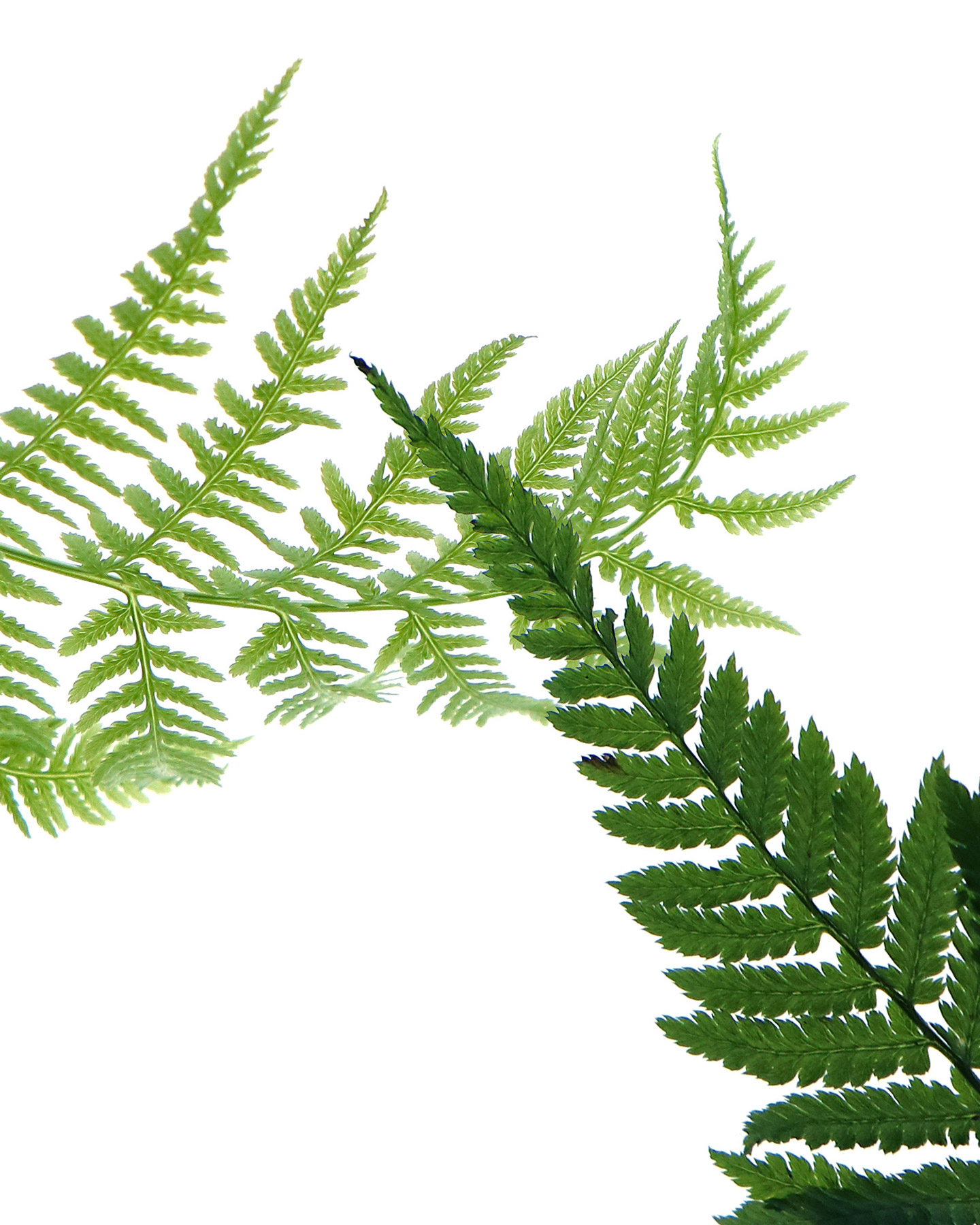
long days, short nights
Steve’s book launch is only 2 days away. The household is busy. And we know how that goes, if anyone in the house is busy, everyone feels busy. Fortunately, we keep having regular rain, and the ferns keep growing. This is the ferniest summer I can recall. By all accounts, it also the mushroomiest, but I have not had a chance to explore that myself. It’s strange to see new-growth green this far into summer. But I like it.
two ferns: lady and ostrich
-
Here in mid-coast Maine we need some rain, which we hope will arrive later in the week.
I pre-ordered your husband’s book! Looking forward to getting that!reply
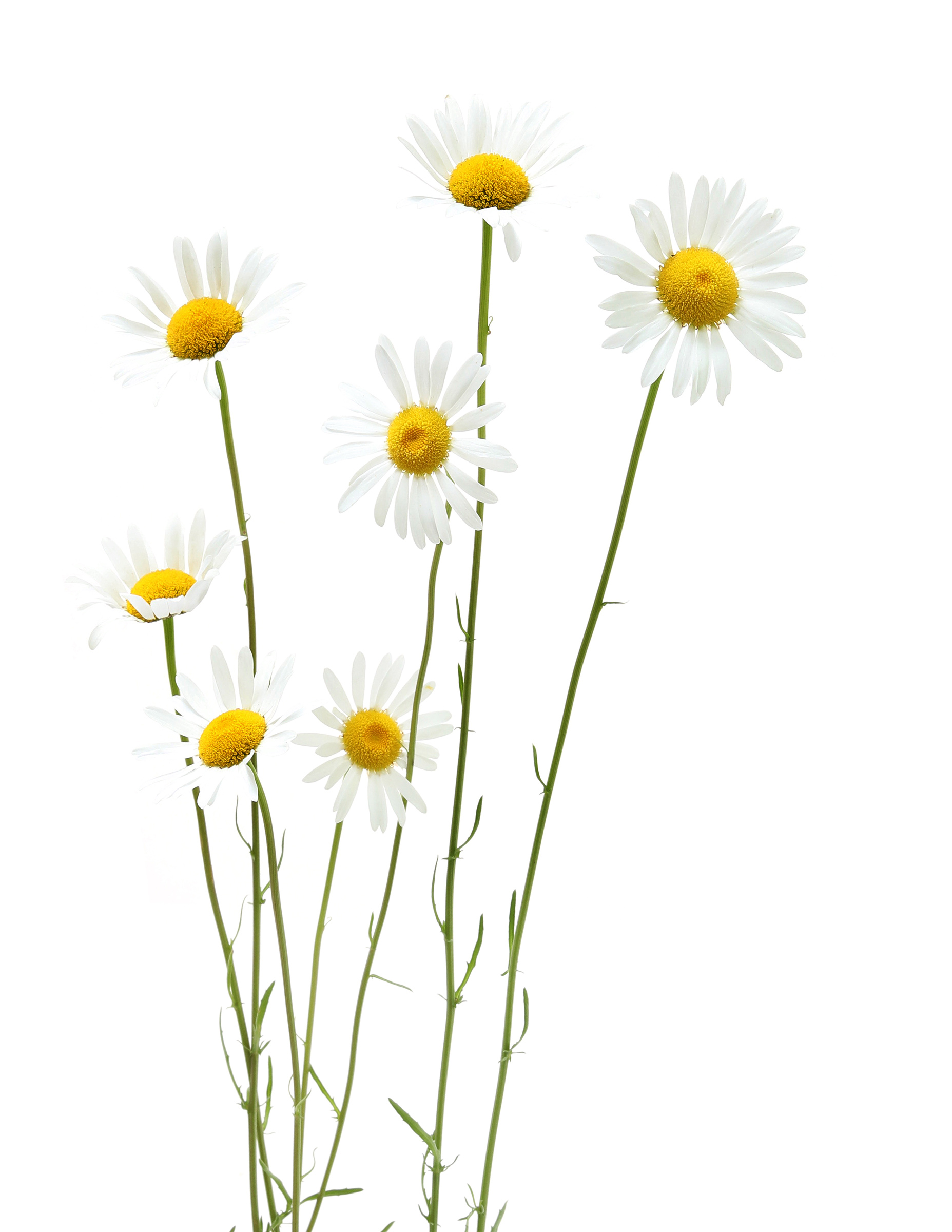
hiding in plain sight
I have been delighting in seeing these ox-eye daisies lining our roadsides lately–swaying gently in the wind, and turning their sunny faces towards the sun. But just now, as I was looking up the latin name for posting, I see that is is considered an aggressive, non-native, invasive. Gosh. Now what do I do? The authoritative website I used to identify many of my local plants, has it labeled as “ERADICATE!”. Yikes. It looks so harmless and innocent. Tomorrow morning as I drive my usual route to go visit my Mom, will I feel like I am driving by thousands of botanical fugitives with rap sheets? Sometimes, ignorance is bliss.
Ox-eye Daisy (Leucanthemum vulgare)
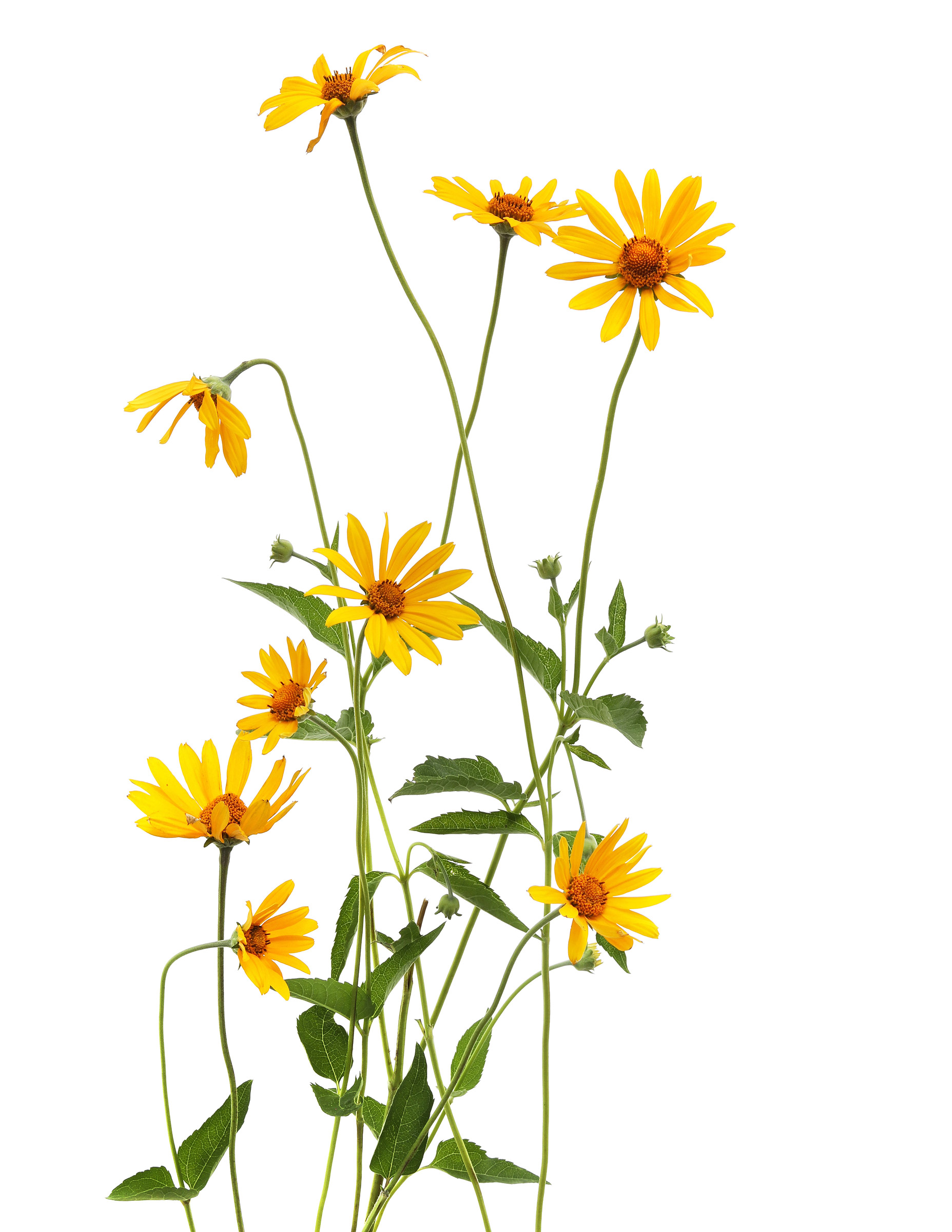
open-field flowers
At some point in late spring, right after the jack-in-the-pulpits bloom, the open-field flowers start to bloom: daisies, clover, salsify, vetch, and thistles, and these false sunflowers. For some naturalists, summer begins when the open-field flowers start to out number the woodland flowers. We are long past the transition from spring to summer, and these open-field have been decorating our roadsides for weeks. Today I finally stopped the car and grabbed this motley handful–all the prettier for being motley imho.
false sunflower (Heliopsis helianthoides)
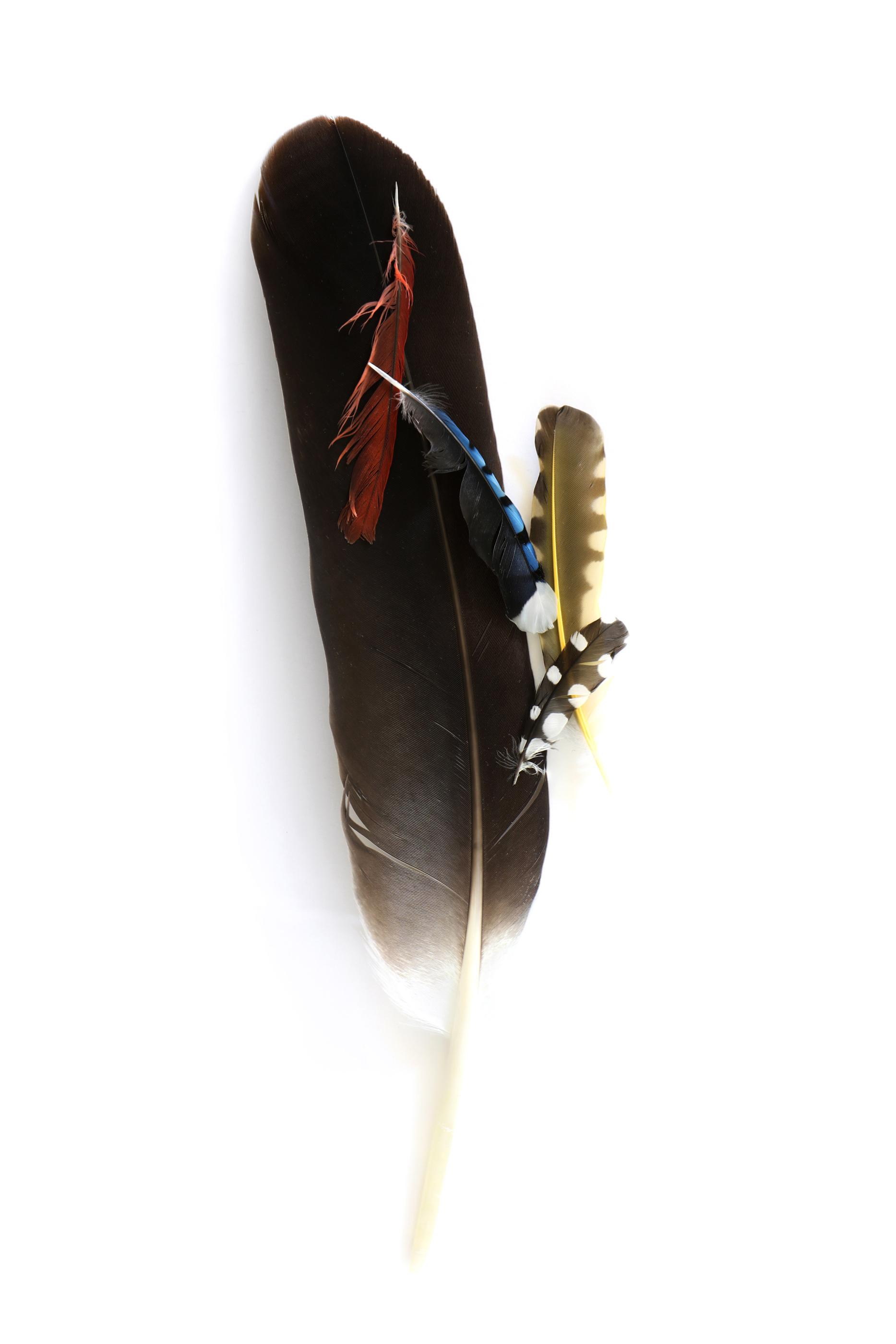
Happy 4th of July?
As we celebrate the 4th of July (the day the US declared independence from Britain) here in the United States, it seems a fitting time to remember who’s land this was originally. Minneapolis and Saint Paul is the traditional homeland of the Dakhóta Oyáte (Dakota People), unfairly ceded in the Treaties of 1837 & 1851, who stewarded it for millennia. The Ojibwe and other Indigenous nations have cared for this land as well. Minnesota comes from the Dakota name for the area, Mni Sota Makoce — “the land where the waters reflect the skies.”
It is illegal in the United States for anyone other than Native Americans to be in possession of a bald eagle feather. This feather was lent to me by a young indigenous woman so I could share it on STILL. I show it here with four commonly found feathers so you can get a sense of scale.
feathers: bald eagle, cardinal, blue jay, northern flicker, downy woodpeacker
-
Thank you for sharing this very important history lesson/reminder.
reply



Indeed, they do look feathery. The silverish green of the backside is soothing, the dark and light greens are summery, and the chartreuse one looks to be suffering from chlorosis. But they play well together, for sure.
I’m with you on feelings about summer – lethargy!! Thank goodness for good books. And A/C! Mid 90s and no rain to speak of for… I don’t know how long. Where you have a wall of green, I am surrounded by crunchy brown!
So glad it’s not just me!